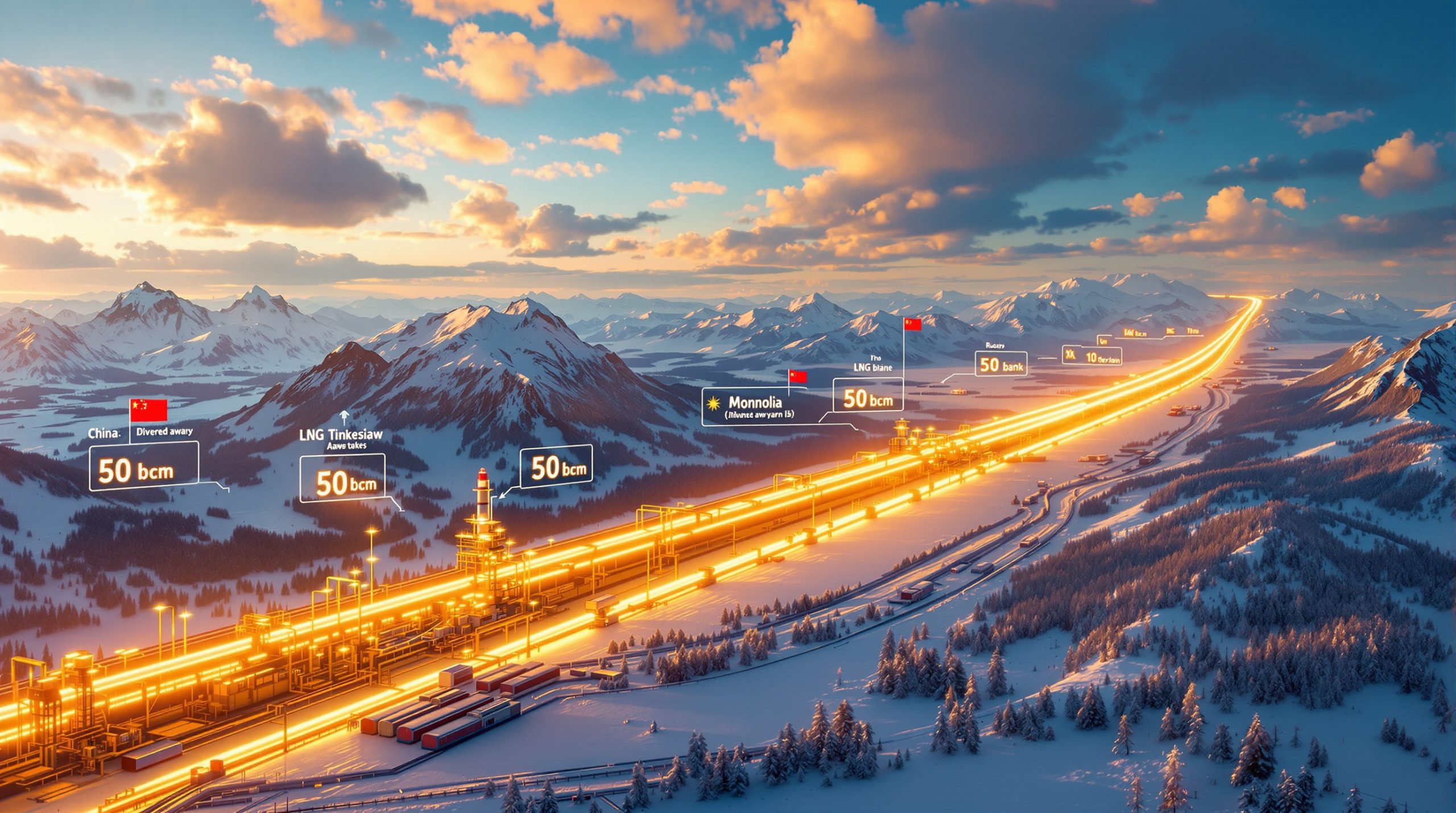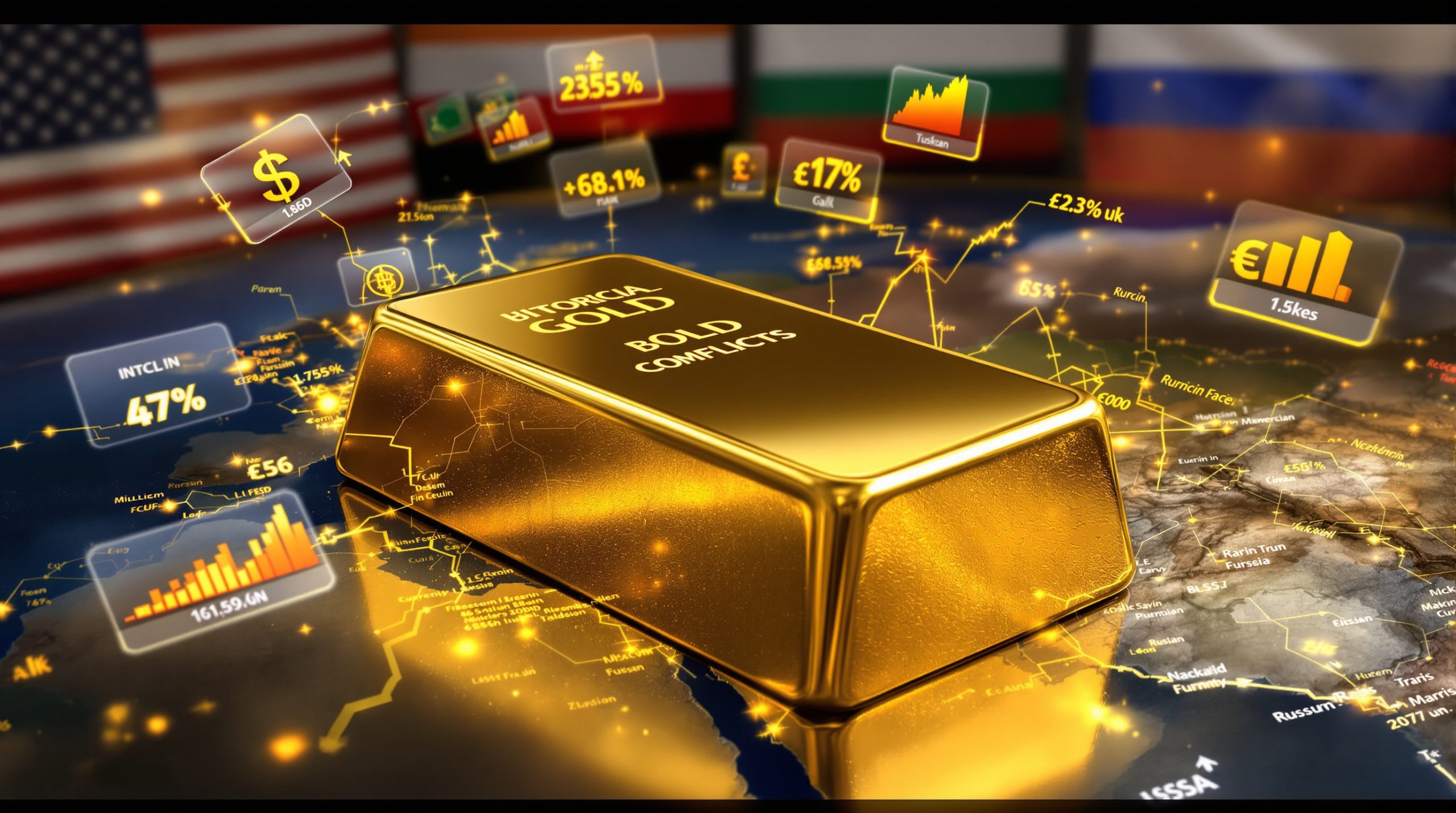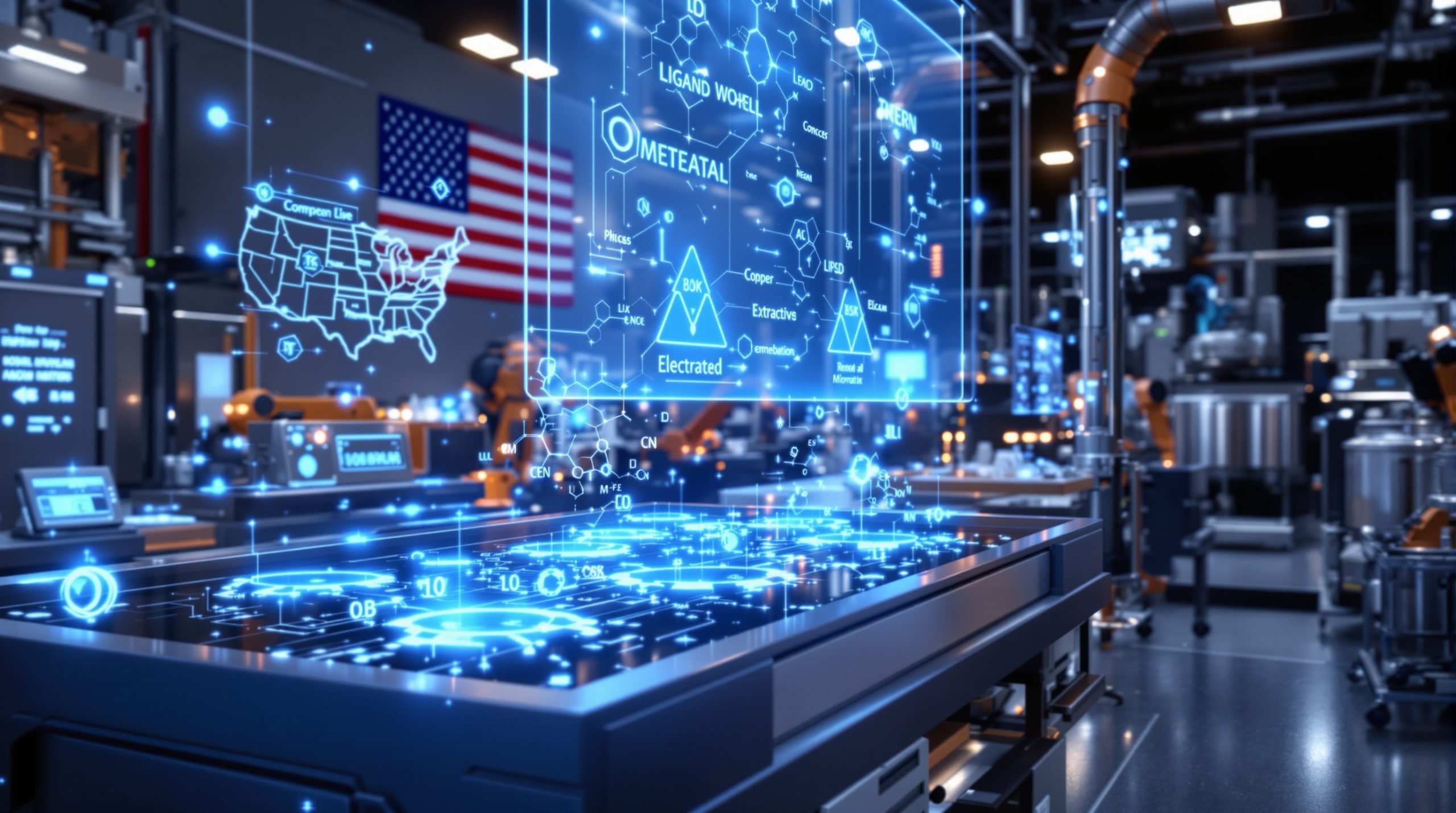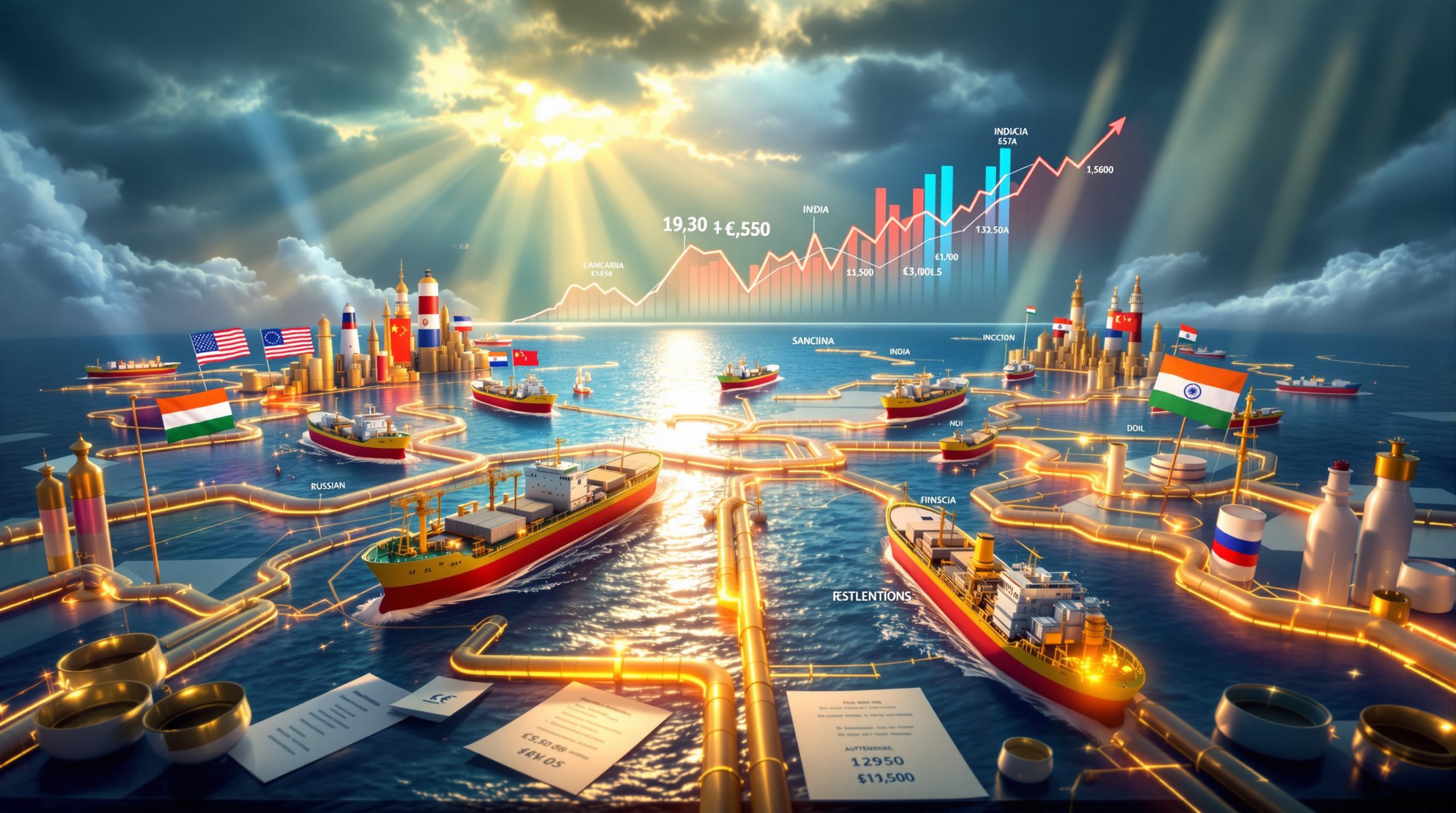Why Has ArcelorMittal Cancelled Its Green Steel Project in Germany?
ArcelorMittal, Europe's leading steelmaker, has officially cancelled its planned electric arc furnace (EAF) and direct reduced iron (DRI) project in Germany, citing fundamental economic challenges. The announcement came on June 19, 2025, marking a significant setback for European industrial decarbonization efforts. The company has forfeited €1.3 billion in subsidies from the German government that were contingent on construction beginning by June 2025.
Economic viability concerns emerged as the primary driver behind this decision, despite the substantial government support package that had been negotiated. The financial backing, while significant, proved insufficient to overcome the broader market headwinds facing European steelmakers.
"Even with the financial support, the economic viability of this transition is not sufficiently ensured," emphasized ArcelorMittal Europe's CEO Geert Van Poelvoorde, highlighting the magnitude of challenges facing green steel production.
The cancelled investments in Bremen and Brandenburg would have represented a cornerstone of ArcelorMittal's European decarbonization strategy. Industry analysts note that the decision reflects a growing recognition of the widening gap between climate ambitions and economic reality in heavy industry, particularly in regions facing intense international competition.
Financial Support Insufficient to Overcome Market Challenges
The €1.3 billion subsidy package, which had been approved under the European Union's state aid framework, represented one of the largest public investments in industrial decarbonization to date. However, the combination of rising energy costs, weak demand, and fierce competition from imports ultimately undermined the business case.
ArcelorMittal was required to formally notify the German government about its inability to proceed with the investments due to the contractual obligations tied to the subsidy agreement. The strict June 2025 construction deadline became impossible to meet given the deteriorating market conditions throughout early 2025.
Industry experts note that the cancellation raises serious questions about the sufficiency of current policy supports for industrial decarbonization in Europe, suggesting that more comprehensive approaches combining carbon pricing, tariff impacts on markets, and direct subsidies may be necessary to enable the green transition.
What Market Pressures Are Affecting European Steel Producers?
The European steel industry faces what ArcelorMittal describes as "unprecedented pressure" to maintain competitiveness while simultaneously investing in decarbonization. Multiple interrelated factors have created a perfect storm for European producers, challenging their ability to commit to capital-intensive green investments.
Import Competition Threatening European Steel Industry Survival
Foreign steel has steadily captured market share in Europe, with imports now accounting for approximately 30% of domestic consumption as of 2024. This represents a critical threshold that industry leaders warn undermines the viability of European production.
Key import statistics:
- Total carbon steel imports to the EU reached 26.36 million tonnes in 2024
- This represents a 6.4% increase from 2023 levels
- First quarter 2025 imports alone totaled 6.2 million tonnes
The surge in imports has been particularly pronounced in flat products—the high-value segment where ArcelorMittal specializes. These imports often come from regions with lower production costs and less stringent environmental regulations, creating an uneven playing field for European producers pursuing decarbonization.
ArcelorMittal's Call for Stricter Import Regulations
In response to mounting import pressures, Van Poelvoorde has advocated for significant policy interventions to protect the European industry during its transition to greener production methods.
"We need a 15% cap on flat product imports, which would represent a significant reduction of approximately 50% compared to current levels," stated the ArcelorMittal Europe CEO.
The company believes such measures are necessary prerequisites before the industry can effectively invest in decarbonization initiatives. Without addressing the import challenge, European producers face the dilemma of investing billions in green technologies while simultaneously losing market share to carbon-intensive imports.
Price Volatility Undermining Investment Confidence
European steel prices have experienced significant fluctuations throughout 2025, creating additional uncertainty for capital-intensive green steel investments. After initial strength in early 2025, prices began declining from May onward.
Fastmarkets' steel HRC index for Northern Europe reached €590.00 per tonne by June 19, marking its lowest level since January 2025. This price volatility directly impacts investment decisions, as profitability forecasts become increasingly uncertain.
Industry analysts note that the combination of volatile prices and persistent import pressure has created a difficult environment for making long-term investment commitments, particularly for transformative technologies with lengthy payback periods. The uncertainty around iron ore price trends also contributes to this challenging environment.
What Technical Challenges Face Green Steel Production in Europe?
Beyond market pressures, European steelmakers face significant technical and economic hurdles in implementing green steel technologies. These challenges further complicate the transition toward carbon-neutral production methods.
Hydrogen Cost Barriers to DRI Implementation
A critical obstacle to implementing DRI technology is the prohibitive cost of hydrogen as a reducing agent. Current hydrogen prices in Europe range between €5-8 per kilogram, significantly above the commercially viable threshold for steelmaking applications.
Industry sources indicate hydrogen prices would need to fall to €2.50-3.00 per kilogram to make production economically feasible. This price gap represents one of the most fundamental barriers to hydrogen-based steelmaking in Europe.
The hydrogen cost challenge is compounded by insufficient supply infrastructure and competing demands from other industrial sectors also pursuing decarbonization. While hydrogen production capacity is expanding across Europe, it remains far below the volumes required for industrial-scale steelmaking.
Substantial Hydrogen Requirements for DRI Production
The scale of hydrogen needed for steel decarbonization is staggering. According to industry experts, a single 2-million-tonne-per-year DRI module would require approximately 140,000-150,000 tonnes of hydrogen annually.
This substantial requirement highlights the scale of the hydrogen infrastructure needed to support green steelmaking and puts the transition in context:
| Resource | Annual Requirement per 2Mt DRI Module |
|---|---|
| Hydrogen | 140,000-150,000 tonnes |
| Renewable Electricity* | ~7-8 TWh |
| Investment | €1-1.5 billion |
*Estimated based on typical electrolysis efficiency
These requirements illustrate why the transition to hydrogen-based steelmaking represents such a monumental challenge, requiring coordinated development of energy infrastructure alongside steel production facilities.
Natural Gas Transition Strategy Also Unviable
Many steelmakers had considered natural gas as a transitional solution, allowing DRI plants to begin operation with a lower carbon footprint than conventional blast furnaces before eventually switching to hydrogen. However, ArcelorMittal noted that even this intermediate approach remains economically uncompetitive in Europe.
"Even with natural gas, the costs are prohibitive," emphasized one industry source familiar with European DRI economics. This reality eliminates what many had considered a pragmatic stepping-stone toward full decarbonization.
The challenges with natural gas transition strategies further narrow the pathway for European steelmakers seeking to reduce emissions while maintaining competitiveness.
How Does This Decision Affect ArcelorMittal's Decarbonization Strategy?
The cancellation of the German DRI-EAF project represents a significant pivot in ArcelorMittal's decarbonization strategy. While the company remains committed to reducing emissions, it is adopting a more pragmatic, phased approach in response to economic realities.
Phased Approach to Carbon Reduction
Rather than pursuing the complete DRI-EAF transformation simultaneously, ArcelorMittal is pivoting to a more gradual decarbonization strategy. The company plans to focus initially on EAF implementation, positioning itself to be "prepared when production with electric-arc furnaces becomes economically viable."
This adjusted strategy acknowledges the different economic thresholds for various decarbonization technologies:
- First phase: Optimize existing operations for efficiency and lower carbon intensity
- Second phase: Implement EAFs to process scrap and potentially DRI/HBI inputs
- Third phase: Develop DRI capacity when hydrogen economics improve
This staged approach allows for adaptation to evolving market conditions while still making progress toward emission reduction goals.
Confirmed EAF Projects in France
Despite the German project cancellation, ArcelorMittal confirmed in May 2025 its plans to construct EAFs at its Dunkirk facility in France. This decision indicates a selective approach to green investments based on regional economic conditions and policy environments.
The French project benefits from a more favorable electricity price environment and targeted support mechanisms that improve its economic viability compared to the German sites. This selective approach demonstrates ArcelorMittal's commitment to pursuing decarbonization where economically feasible while postponing investments in less favorable markets.
2030 Carbon Reduction Targets at Risk
In April 2025, ArcelorMittal acknowledged it is "increasingly unlikely" to meet its 2030 CO2 reduction targets. This acknowledgment reflects broader challenges across industrial sectors, with the energy transition challenges progressing more slowly than initially anticipated.
The company had previously committed to reducing European carbon emissions by 35% by 2030 (compared to 2018 levels). The cancellation of the German project significantly impacts this trajectory, as the Bremen and Brandenburg facilities represent a substantial portion of ArcelorMittal's European carbon footprint.
Industry analysts note that this recalibration of timelines reflects growing realism about the pace of industrial decarbonization, particularly in energy-intensive sectors like steelmaking where technological alternatives face significant economic hurdles.
What Is the Broader Context for European Steel Decarbonization?
ArcelorMittal's decision reflects industry-wide challenges rather than company-specific issues. The broader European steel sector faces similar pressures that are slowing decarbonization efforts across the continent.
Previous Project Suspensions Signal Industry-Wide Challenges
This cancellation follows ArcelorMittal's November 2024 decision to put several green project investments throughout Europe on hold. At that time, the company warned it could not make final investment decisions on new DRI-EAF plants because "political, energy, and market conditions had not developed in the hoped-for direction."
This pattern of postponements and cancellations extends beyond ArcelorMittal. Several European steelmakers have delayed or scaled back ambitious decarbonization plans announced in the early 2020s, citing similar economic challenges:
- Deteriorating market conditions
- Insufficient public support mechanisms
- Energy price uncertainties
- Increasing import competition
These recurring challenges suggest structural issues in the European steel industry's transition pathway rather than temporary setbacks.
Declining Demand Across Key Steel-Consuming Sectors
The European steel market continues to struggle with weak demand from all major steel-using industries. Eurofer recently downgraded its outlook for apparent steel consumption across the EU, projecting a 0.9% decline to 128 million tonnes in 2025, compared to 129 million tonnes in 2024.
This demand weakness affects not only conventional steel but also prospects for green steel products. Without robust demand growth, companies face greater challenges in justifying major capital investments in new production technologies.
The construction sector, which typically accounts for approximately 35% of steel demand, has shown particular weakness due to high interest rates and reduced public infrastructure spending. Similarly, automotive production—another key steel consumer—remains below pre-pandemic levels, further constraining overall steel demand.
Industry-Wide Pessimism About Green Steel Prospects
Market sources remain pessimistic about short-term prospects for green steel, citing lack of genuine demand and mounting import pressures. These conditions make it increasingly difficult to justify the premium costs associated with lower-carbon production methods.
While some market segments show willingness to pay modest premiums for green steel, the price differential remains insufficient to offset the substantially higher production costs. Without stronger policy support or significant technological cost reductions, this gap is likely to persist, continuing to challenge the business case for large-scale investments in decarbonization technologies.
How Are Other Steelmakers Approaching Decarbonization Challenges?
While ArcelorMittal reconsiders its European investments, steel producers globally are pursuing various strategies to balance decarbonization goals with economic realities. These approaches offer potential alternative pathways that may prove more viable under current market conditions.
Alternative Approaches to Green Steel Production
Different companies are prioritizing varying technological pathways based on their regional circumstances and strategic positioning:
-
Japan's Nippon Steel is focusing on hydrogen-based DRI technology to achieve its 2050 carbon neutrality goals, as announced on May 30, 2025. The company benefits from Japan's national hydrogen strategy and integrated industrial policy.
-
Several US producers are emphasizing scrap-based EAF production, leveraging the country's abundant scrap resources and benefiting from Inflation Reduction Act incentives that improve the economics of green investments.
-
Chinese steelmakers are pursuing a mixed strategy combining blast furnace efficiency improvements, CCUS (Carbon Capture, Utilization and Storage), and selective DRI investments, supported by centralized industrial planning.
These divergent approaches highlight how regional economic conditions, policy environments, and resource availability shape decarbonization strategies in the global steel industry.
Global Steel Industry Rebalancing Possibilities
World Steel Dynamics CEO Philipp Englin suggested on June 18, 2025, that downward pressure on global steel prices, driven by Chinese production at below-cost prices, could eventually lead to a rebalancing of global supply and demand. This potential rebalancing might improve industry profitability and support future green investments.
"The current pricing imbalance is unsustainable in the long term," noted Englin, suggesting that market forces will eventually drive rationalization of excess capacity, particularly in regions where production economics are most challenging.
Such a rebalancing could potentially create more favorable conditions for green steel investments in the future, though the timeline for such a correction remains uncertain.
Carbon Border Adjustment Mechanism Implementation Challenges
The European Union's Carbon Border Adjustment Mechanism (CBAM) will be implemented in seven months, but industry experts indicated on May 8, 2025, that the region's steel sector remains inadequately prepared for the gradual changes this system will introduce.
CBAM aims to level the playing field between EU producers facing carbon costs and importers from regions without equivalent carbon pricing. However, implementation challenges include:
- Complex emissions reporting requirements
- Verification of carbon content in imported materials
- Uncertainty about exemptions for certain trading partners
- Potential for trade disputes and retaliatory measures
The effectiveness of CBAM in supporting European steel decarbonization will depend largely on implementation details and enforcement mechanisms, which remain sources of uncertainty for industry planning. The US–China trade war impact also adds complexity to this global trade picture.
FAQ: ArcelorMittal's Green Steel Project Cancellation
What specific project has ArcelorMittal cancelled?
ArcelorMittal has cancelled plans to build electric arc furnaces (EAFs) and direct reduced iron (DRI) facilities in Germany, which were central to its European decarbonization strategy. The project would have transformed conventional blast furnace operations at sites in Bremen and Brandenburg to lower-carbon production methods.
How much government funding was forfeited?
The company has forfeited €1.3 billion in subsidies from the German government that were contingent on construction beginning by June 2025. This represents one of the largest industrial decarbonization support packages in Europe to date.
What are the main economic challenges making green steel production unviable?
Key challenges include:
- High energy costs for both electricity (affecting EAFs) and hydrogen production
- Insufficient hydrogen infrastructure for DRI operations
- Intense import competition from regions with lower production costs
- Weak domestic demand for premium-priced green steel products
- Volatile steel prices undermining investment confidence
Will ArcelorMittal continue with any decarbonization projects?
Yes, the company is proceeding with electric arc furnace installations at its Dunkirk facility in France and continues to focus on enhancing the carbon footprint of its facilities, albeit with a more phased approach. The selective continuation of some projects indicates that ArcelorMittal is pursuing decarbonization where economic conditions are more favorable.
What would make hydrogen-based steelmaking economically viable?
Industry sources indicate hydrogen prices would need to fall to approximately €2.50-3.00 per kilogram from the current €5-8 per kilogram range to make hydrogen-based steelmaking commercially viable. This would require a combination of:
- Scaled hydrogen production infrastructure
- Lower renewable electricity costs
- Technological improvements in electrolysis efficiency
- Potential carbon pricing mechanisms to disadvantage higher-carbon alternatives
How does this decision reflect broader trends in industrial decarbonization?
This cancellation reflects a growing recognition across industrial sectors that energy transition timelines may be longer than initially anticipated, with economic viability remaining a significant barrier to rapid implementation of green technologies. The steel industry's experience highlights the challenges facing other energy-intensive industries pursuing similar transitions.
The Future of European Steel Decarbonization
The path forward for European steel decarbonization remains challenging but not impossible. Several factors will shape the industry's ability to balance climate goals with economic realities in the coming years.
Balancing Climate Ambitions with Economic
Ready to Get Ahead on Major ASX Mineral Discoveries?
Stay at the forefront of significant ASX mineral discoveries with Discovery Alert's proprietary Discovery IQ model, delivering real-time notifications that transform complex mineral data into actionable investment insights. Explore how historic discoveries have generated substantial returns by visiting Discovery Alert's dedicated discoveries page and position yourself ahead of the market.




